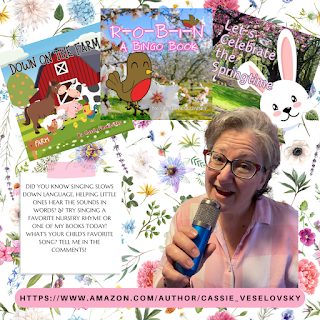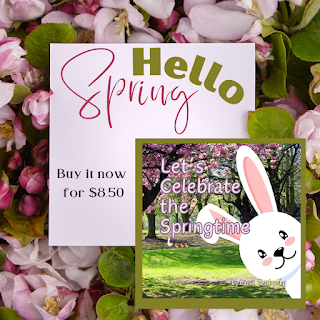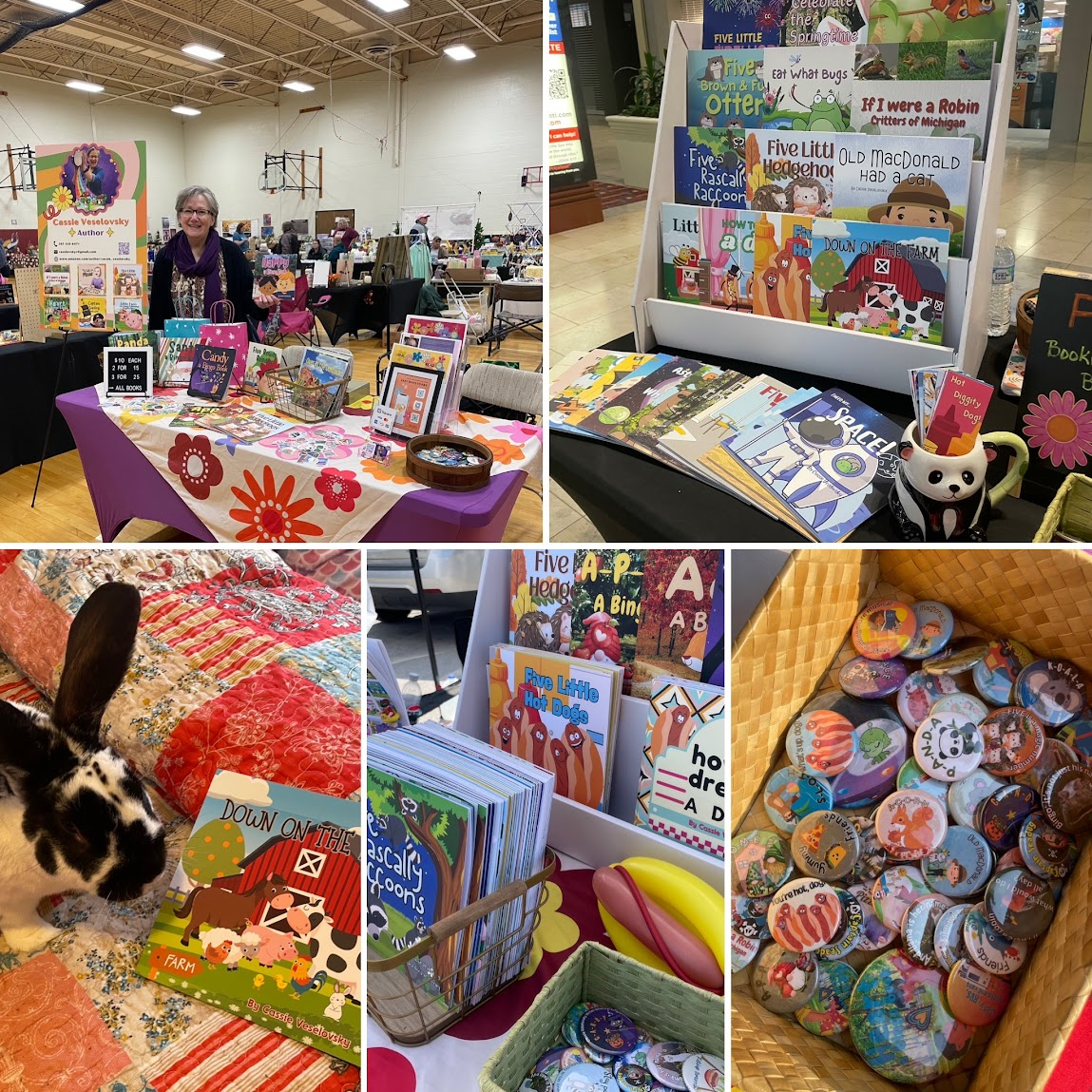Posts
Showing posts from March, 2025
How to Create an Eye-Catching Author Booth to Sell More Books
- Get link
- X
- Other Apps
The Power of Interactive Picture Books in Early LIteracy
- Get link
- X
- Other Apps
Spring into Literacy: Fun Ways to Build Early Literacy Skills Outdoors
- Get link
- X
- Other Apps
.png)

.png)






